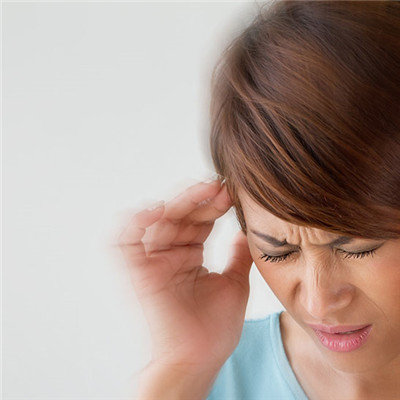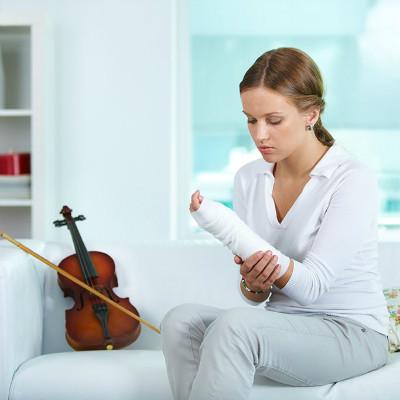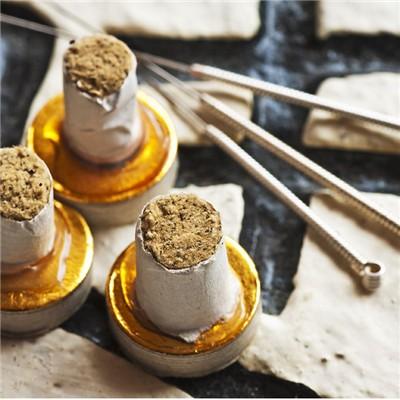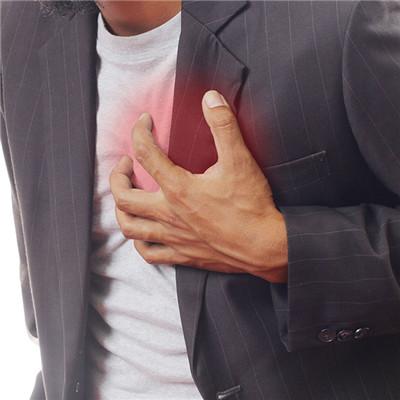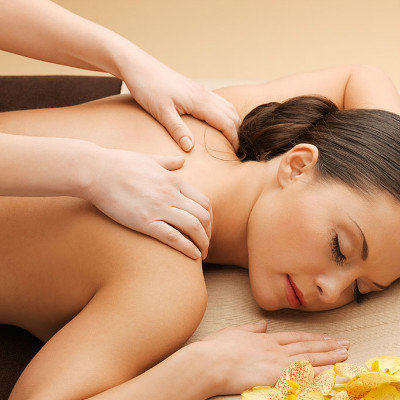What are the symptoms of scapulohumeral periarthritis?
summary
Periarthritis of shoulder is also known as periarthritis of shoulder, commonly known as congealing shoulder, 50 shoulder. Chronic specific inflammation of the shoulder joint capsule and its surrounding ligaments, tendons and bursa is characterized by gradual pain in the shoulder, especially at night, limited and aggravating shoulder joint function, and gradual remission after reaching a certain degree until complete recovery. The onset age of the disease is about 50 years old, and the incidence rate of female is slightly higher than that of male, and most of them are manual workers. Without effective treatment, it may seriously affect the function of shoulder joint. What are the symptoms of scapulohumeral periarthritis? Now let me talk about it
What are the symptoms of scapulohumeral periarthritis?
1. Shoulder pain is paroxysmal at first, and most of it is chronic attack. Later, the pain is gradually aggravated or dull, or knife cut pain, and it is persistent. Climate change or fatigue often aggravate the pain, and the pain can spread to the neck and upper limbs (especially the elbow). When the shoulder is accidentally impacted or pulled, it can often cause tearing pain, Shoulder pain is light in the day and heavy in the night. If it is caused by cold, it is particularly sensitive to climate change.
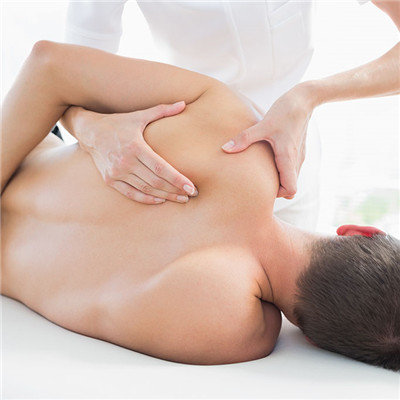
2. Limitation of shoulder joint movement. Shoulder joint movement can be limited in all directions, especially abduction, lifting, internal rotation and external rotation. With the progress of the disease, due to the adhesion of joint capsule and soft tissue around the shoulder caused by long-term disuse, muscle strength gradually decreased. In addition, Coracobrachial ligament was fixed in the shortened internal rotation position and other factors, the active and passive activities of shoulder joint in all directions were limited It is difficult to complete the actions such as dressing, washing face and forking waist. In severe cases, the elbow function can also be affected. When bending the elbow, the hand can not touch the shoulder on the same side, especially when the arm is extended backward.
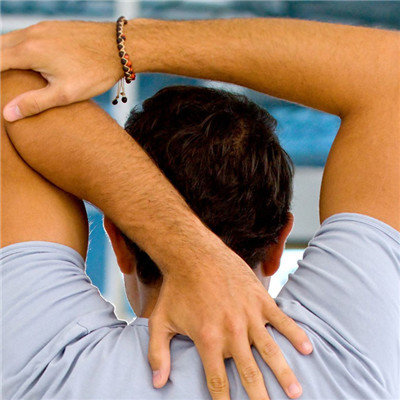
3. The shoulder of patients who are afraid of cold is afraid of cold. Many patients wrap their shoulders with cotton pads all the year round. Even in summer, they dare not blow their shoulders. 4. Most patients with tenderness can touch obvious tenderness points around the shoulder joint. The tenderness points are mainly located in the groove of long head tendon of biceps brachii, acromion bursa, coracoid process, supraspinatus attachment point, etc. 5. Muscle spasm and atrophy. The muscles around the shoulder, such as deltoid muscle and supraspinatus muscle, may have spasm in the early stage, and disuse muscle atrophy in the late stage. There are some typical symptoms, such as acromion protrusion, inconvenient lifting and backward extension. At this time, the pain symptoms are alleviated.

matters needing attention
The prevention of scapulohumeral periarthritis with usual fitness activities, adhere to do this group of combined movements every day. 1. Double palms in the neck: rub the neck back and forth with the left palm, recite 8 times in the mouth, start to pinch the back neck, and then change the right hand to help the neck relax. 2. Look left and right: turn the head 90 degrees to the left, stay for 3 seconds, then turn right, stay for 3 seconds, do two 8 beats. 3. Nod back and forth: stretch the neck forward as far as possible, stay for 3 seconds, then lean back, stay for 3 seconds, Do two 8 beats 4. Look up at your palms: raise your hands above your head, fingers crossed, palms up, put your head back to the back of your hands, hold for 5 seconds 5. Shoulder rotation and neck relaxation: put your hands on both shoulders, palms down, and rotate your arms forward 20 or 30 times from the back, and then back 20 or 30 times from the front.


